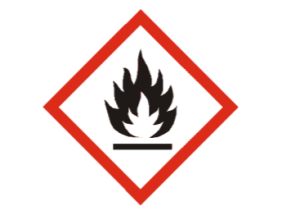- Date:2020-01-20
- Department:Chemicals Administration Ministry of Environment
According to the Toxic and Concerned Chemical Substances Control Act ( 毒性及關注化學物質管理法」) amended and promulgated on 16 January 2019, the EPA, after considering the implementation for advanced practices and responding to the newly added concerned chemical substances, amended the Toxic Chemical Substances Labeling and Materials Safety Data Sheets Regulations ( 毒性化學物質標示及安全資料表管理辦法 ). Furthermore, the name of the Regulations was also changed to the Toxic Chemical Substances Labeling and Materials Safety Data Sheets Regulations ( 毒性及關注化學物質標示與安全資料表管理辦法 ).
The EPA stated that in case containers and packaging of items are not suitable for labeling due to special factors such as area, shape or material, the alternatives of folding, hanging or labeling on the outer packages were added in the regulations. Relevant labels and safety data sheets of the toxic and concerned chemical substances should be in Chinese to display information that is readable and fully comprehensible by the public to ensure transmission in between the supply chains. Meanwhile, given the Ministry of Labor's Hazardous Chemicals Labeling and General Rules ( 危害性化學品標示及通識規則 ), it is now mandatory for handlers to frequently review data sheet contents, update them at least once every three years, and keep previous sheets as record for future reviews.
The EPA stressed that to reduce the administrative work of repeatedly setting up announcement boards or preparing safety data sheets, the announcement boards and contents, if also required by other regulations for these substances, must be set up together accordingly. The same safety data sheets can be used for toxic and concerned chemical substances, whose hazardous ingredients, uses, and hazards are the same even though they have different concentrations. Concerning revisions for mandatory labeling and safety data sheets, a one-year buffer period is given.

GHS labeling example: the figure means “flammable liquid - Liquid with flash point not higher than 93 ℃
Source: EPA Major Environmental Policies, January 2020



